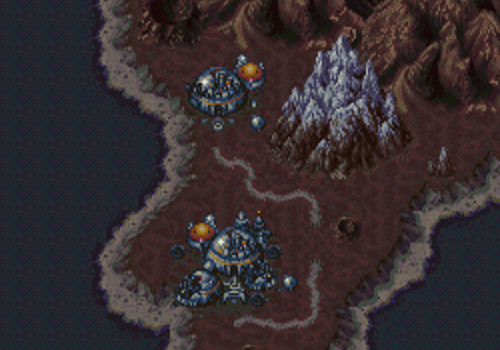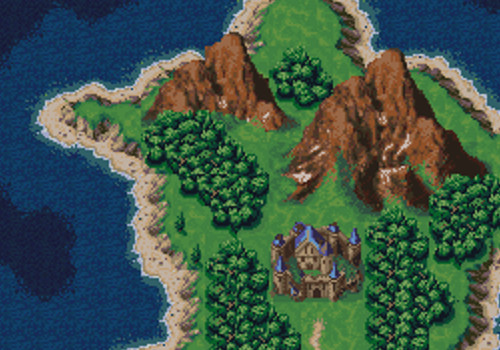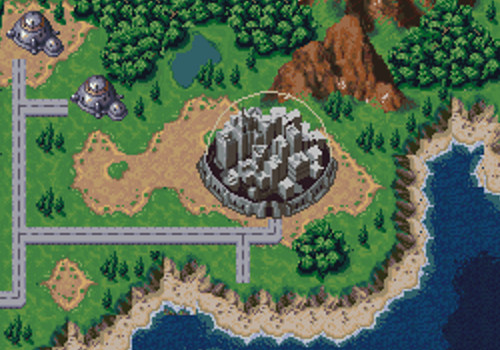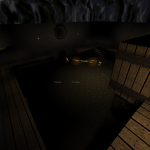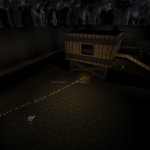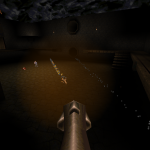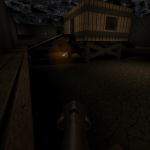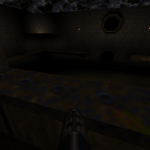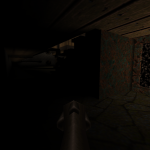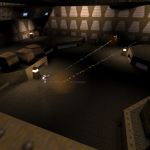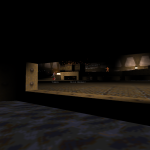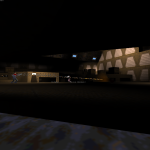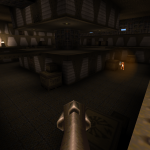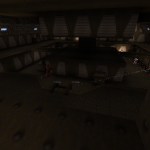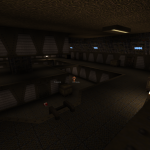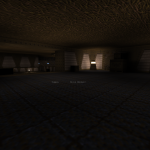Chrono Trigger ![]()
![]() is considered to be one of the best video games of the 90s. It’s a role-playing game (RPG) made by the same company that produced the incredibly popular Final Fantasy
is considered to be one of the best video games of the 90s. It’s a role-playing game (RPG) made by the same company that produced the incredibly popular Final Fantasy ![]()
![]() franchise. The goal of the game, in a nutshell, is to travel through time and alter the course of history to prevent cataclysm. The player visits many different versions of the Earth as he or she leaps from one epoch to another, including a post-apocalyptic world where people are forced to live in cities surrounded by protective bubbles.
franchise. The goal of the game, in a nutshell, is to travel through time and alter the course of history to prevent cataclysm. The player visits many different versions of the Earth as he or she leaps from one epoch to another, including a post-apocalyptic world where people are forced to live in cities surrounded by protective bubbles.
These bubbles are presumably to create pockets of habitation on a planet that is so ruined it can no longer sustain life. Clearly, things aren’t going so well: it’s the type of scene that suggests everyone consumes double-helpings of soylent green ![]()
![]() for breakfast, lunch and dinner.
for breakfast, lunch and dinner.
Before the calamity that would destroy the planet, people lived in a verdant paradise, where the oceans glistened in their azure purity and the mountaintops towered vigilantly over the land. Posterity seemed ensured.
Yet there was something very unusual about the people of this land: in the futuristic society that existed immediately before the destruction of the planet, everyone chose to isolate themselves from nature and erect protective bubbles around their highly pollutant cities.
It is impossible not to be vexed by the peculiar sense of priority these people placed on nature. In fact, this exemplifies a particularly extreme form of environmentalism that is very rarely practiced with any degree of success: where humans resolve to endure their own waste. The people of Chrono Trigger were progressive indeed—so much so that they were going to destroy themselves before they allowed their actions to hurt the planet. It’s truly a stroke of bad luck that the alien parasite Lavos, who unceremoniously crash-landed in the year 65,000,000 B.C., was about to emerge and lay waste to the land.


